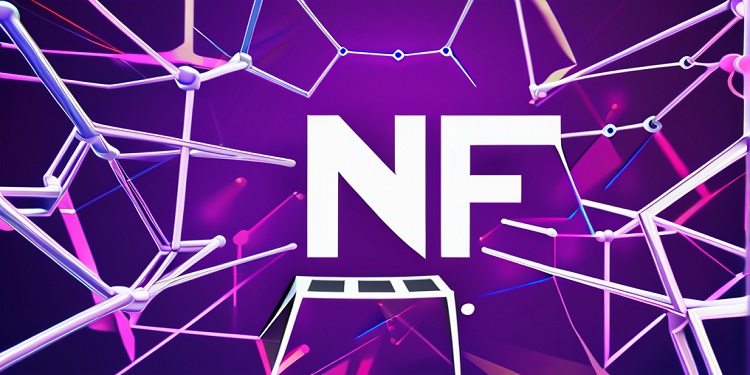 Binance has introduced Binance Oracle, a decentralized web3 platform that gives startups and collaborators exposure to off-chain data on the BNB Chain. The solution is a component of Binance’s plan to build a network that allows smart contracts and decentralized apps on its blockchain to use centralized information and exchange data for enhanced usability.
Binance has introduced Binance Oracle, a decentralized web3 platform that gives startups and collaborators exposure to off-chain data on the BNB Chain. The solution is a component of Binance’s plan to build a network that allows smart contracts and decentralized apps on its blockchain to use centralized information and exchange data for enhanced usability.
Web3 is still in its infancy, which implies that decentralized applications created on it occasionally need web2 datasets. IWith respect to Binance Oracle, the offering is a useful complement to the scalable BNB Chain architecture and will allow the blockchain’s more than 1,400 dApps and web3 network clients to obtain pricing data from centralized exchanges (CEXs).
Gwendolyn Regina, Investment Director at BNB Chain, commented on the development by stating, “The new web is in the midst of transforming into extremely linked smart contracts. It will be vital to use oracles to greatly expand the smart contract’s awareness of events occurring outside the blockchain, enabling it to react to unforeseen things with predetermined actions.
Binance Oracle employs intelligent algorithms (mathematical methods that gain understanding as they analyze fresh data) to verify the accuracy and uniformity of index prices. The system uses data from many sources to determine the most current feed, which is subsequently transmitted to the on-chain oracle for usage by ventures. BNB Chain said that it has successfully integrated ten projects with Binance Oracle.
After successful implementation on BNB Chain, it is planned to gradually expand the service to other blockchains. The business defined an Oracle in a blog post put up on the BNB Chain webpage as an algorithmic mechanism that “integrates the blockchain with the actual world.”
These oracles permit the insertion of information from the actual world into the blockchain. This data may include pricing data and weather predictions. Oracles may also be bidirectional, enabling them to “transfer” information to the external realm, according to the assertion.








